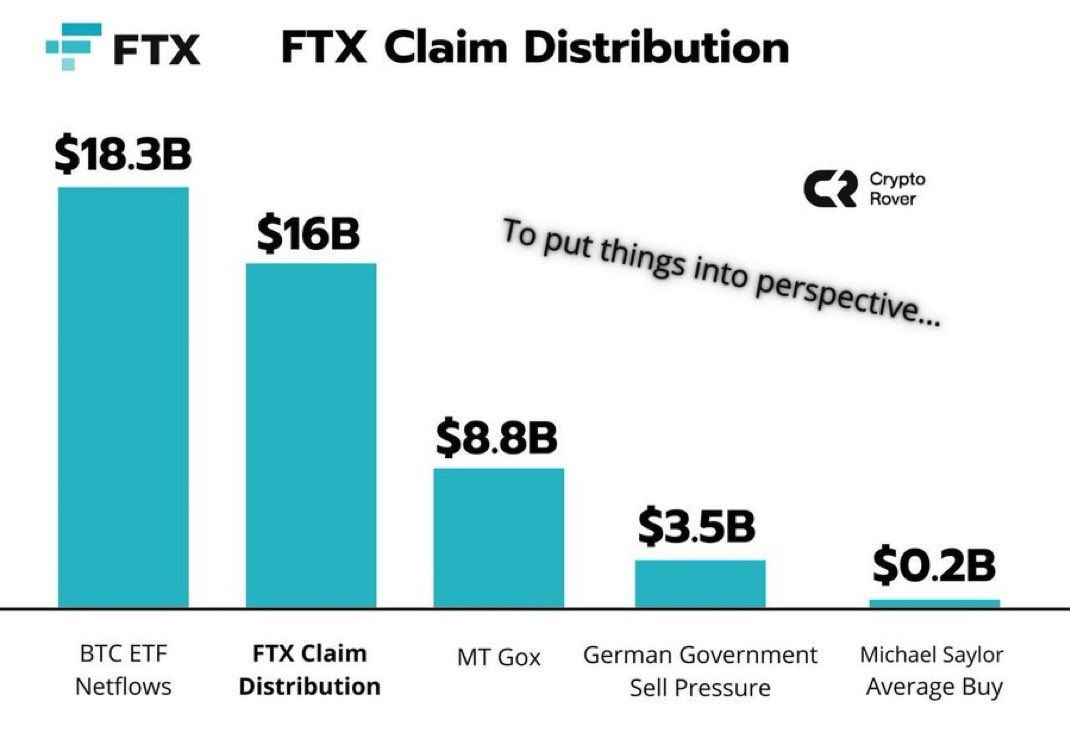After nearly two years of waiting, FTX’s restructuring plan was approved by the court on October 7. Creditors are hopeful that they will get their money back, but some disagreements remain.
The agency that oversees the cryptocurrency exchange FTX, which went bankrupt in May, has announced a compensation plan. The agency estimates that it will successfully recover more than $16 billion in assets, which are ready to be returned to victims.
FTX Creditors Could Be Paid Over $16 Billion
The Delaware District Bankruptcy Court has agreed to approve FTX’s asset compensation plan, which would see 98% of creditors and affected users receive up to 118% of their requested assets.
Read more: Major Cryptocurrency Bankruptcies: What You Need to Know
Creditors will begin making payments within 60 days of the plan’s implementation. The total compensation is expected to be between $14.7 billion and $16.5 billion in cash equivalents. The plan previously received the support of 94% of FTX’s creditors and customers.
“The court’s approval of our plan is a significant milestone on the path to distributing cash to our customers and creditors,” said John J. Ray III, FTX’s CEO and Chief Restructuring Officer.
This amount is almost double that of Mt. Gox and 4.5 times the selling pressure brought on by the German government last quarter.

Since refunds will be made in cash rather than cryptocurrency, many predict this will have a positive impact on the market.
“$16 billion paid out to crypto investors. Very positive,” says investor Crypto Rover
Sunil Kaburi, a representative for creditors , criticized the plan , calling it a distortion of the truth. His argument stems from the fact that FTX’s asset recovery is calculated based on the current market price, while the compensation to users is calculated based on the price at the time of FTX’s collapse.
Read more: Who is FTX’s infamous co-founder, Sam Bankman-Fried (SBF)?
According to Kaburi, this means that users will only receive 20% to 25% of their assets. Also, only creditors who claim less than $50,000 will likely be compensated by the end of this year, with larger claims likely not to be resolved until mid-next year.




